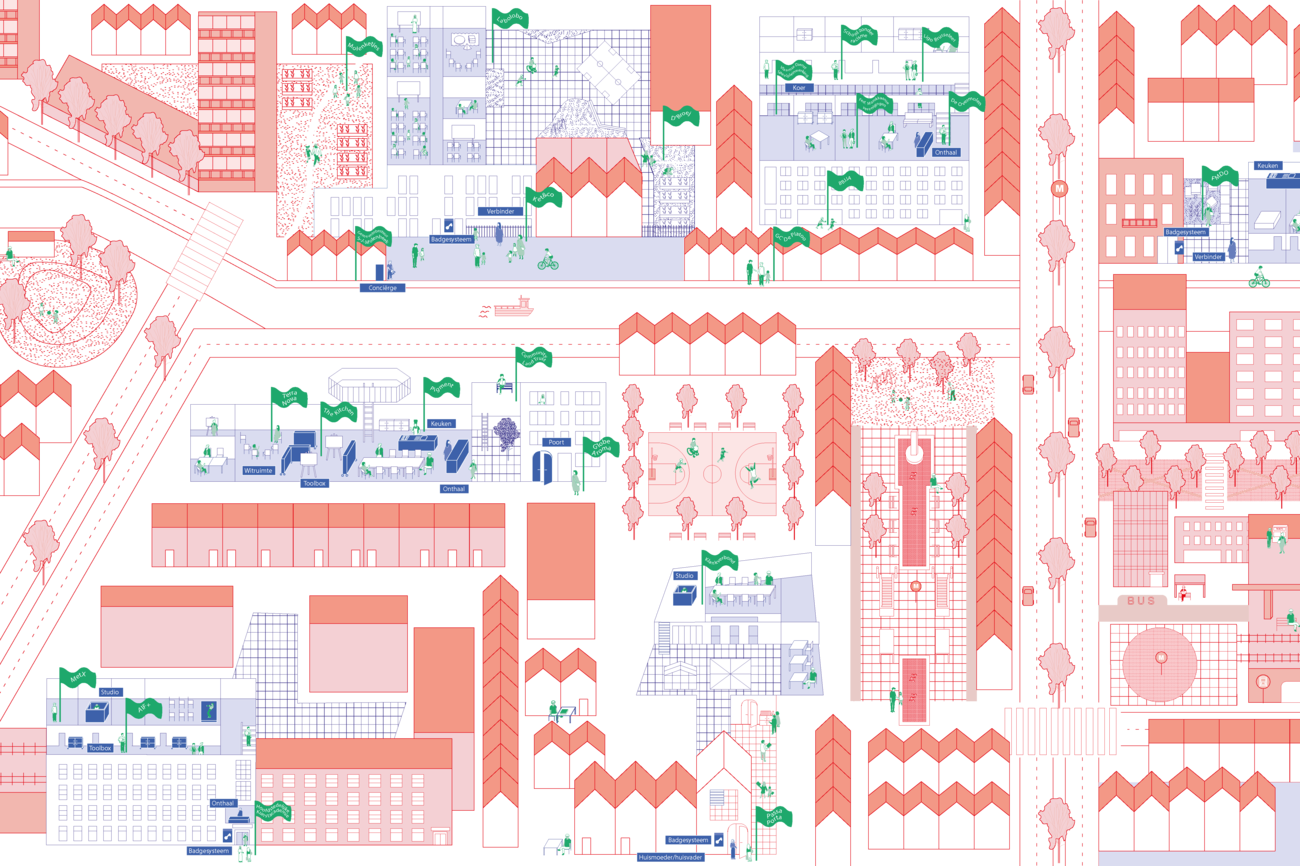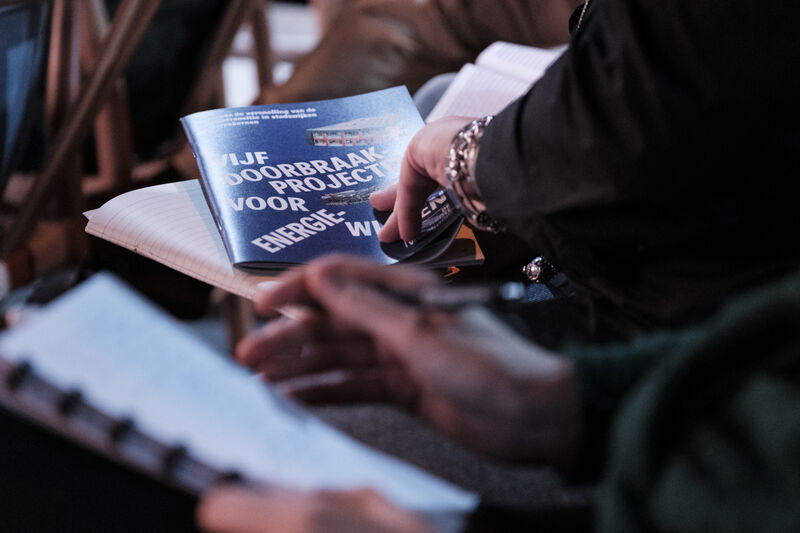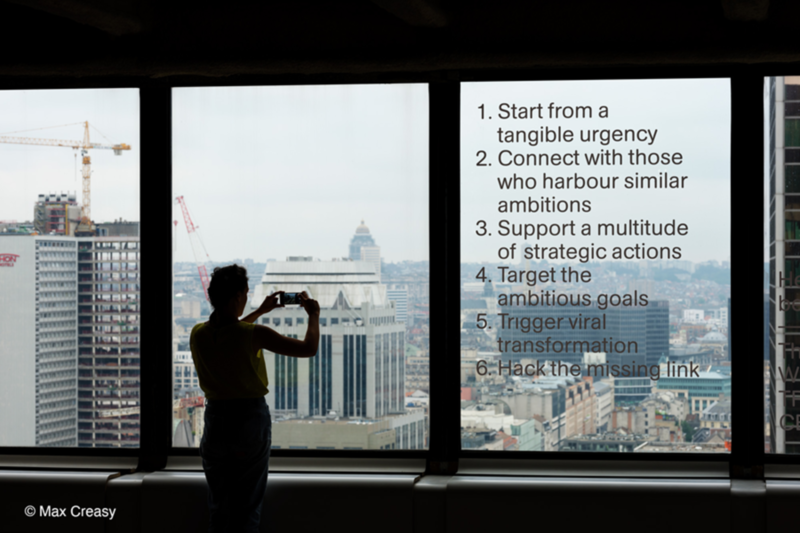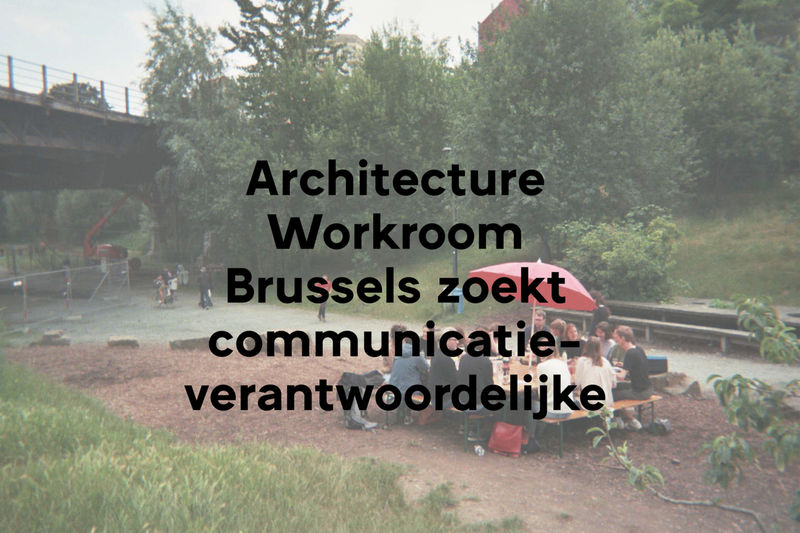The building blocks for shared use of space

In twelve breeding places in Brussels, walls are being broken down literally and figuratively, to converge in terms of space and purpose. Last week we presented the breeding places trajectory during the ‘Trefdag’ (translation: ‘meeting day’) Brussels, initiated by Benjamin Dalle, Flemish minister of Brussels, Youth, Media, and Poverty Alleviation. The twelve breeding places symbolised the potential of the many socially and societally engaged organisations in the city.
On the annual Trefdag, around 130 Dutch-speaking societally involved organisations in Brussels get together and exchange. During the third edition on 12 September 2023, the breeding places have been shown exemplary for what societal infrastructure could be.
Two years ago, at the first Trefdag, we presented an open call for organisations who were in search for physical space and organisations who offered physical space. Two years later, we present the trajectory that twelve clusters of organisations in Brussels underwent towards realising a breeding place. While supporting these breeding places we stimulated them not only to share physical infrastructure, but also to connect with each other’s purposes and activities. How can the breeding places serve as an example for the rest of the city and for Flanders? The breeding places share space and, at the same time, go beyond themes and domains such as care and wellbeing, youth, sports, education, and culture. They offer an answer to the lack of space in the capital, but also add societal value.
During the Trefdag we gave insight into the breeding place trajectory. Through several concrete breeding places, we illustrated which types of building blocks are needed to share infrastructure among several types of organisations. For instance, basic accessibility is often lacking in Brussels infrastructure, instantly excluding many organisations from certain physical locations. This is why Danscentrumjette is working on making their Broedplek more accessible: their space needs to become safer, low in stimuli, and wheelchair accessible. This will soon allow organisations who work around care and wellbeing to make more use of their venue. Other examples include installing a badge system so that local partners can also use the place, or a financial-business model that makes it feasible for any type of partner to be part of the breeding place.
Over the past two years, Architecture Workroom Brussels has guided the Breeding Places: from matching organisations and preparing subsidy files, to guiding the new coalitions and facilitating mutual exchange. We held intervision sessions and working sessions, meanwhile keeping in touch with the breeding places to find out what opportunities and obstacles they were facing. In the coming time, we will share the lessons from the process, as we did during the Trefdag. Ultimately, we want to translate the insights from the breeding places trajectory in Brussels in such a way that intersectoral use of space can be anchored in Flemish and Brussels infrastructure funds. The breeding place themselves will continue to work on their literal and figurative surroundings in the coming years.





